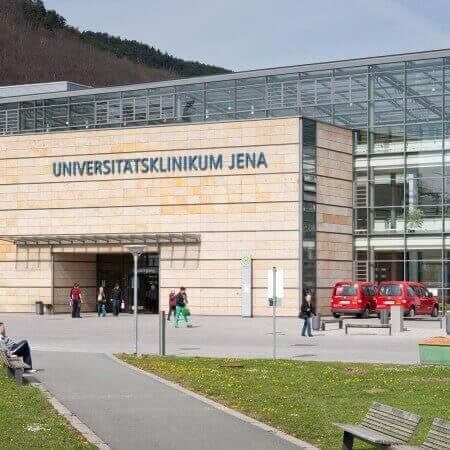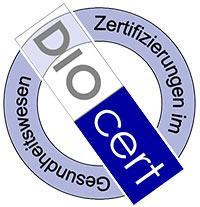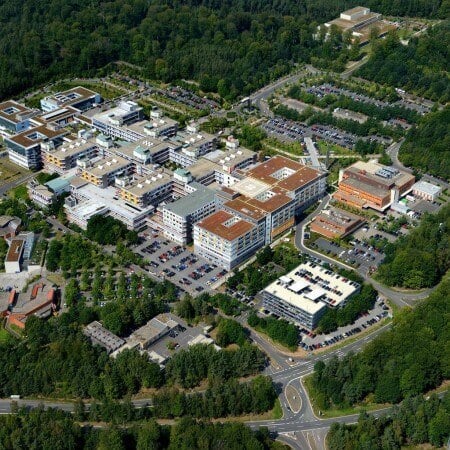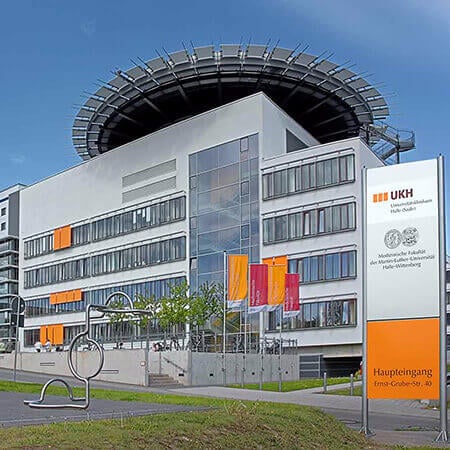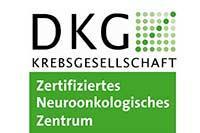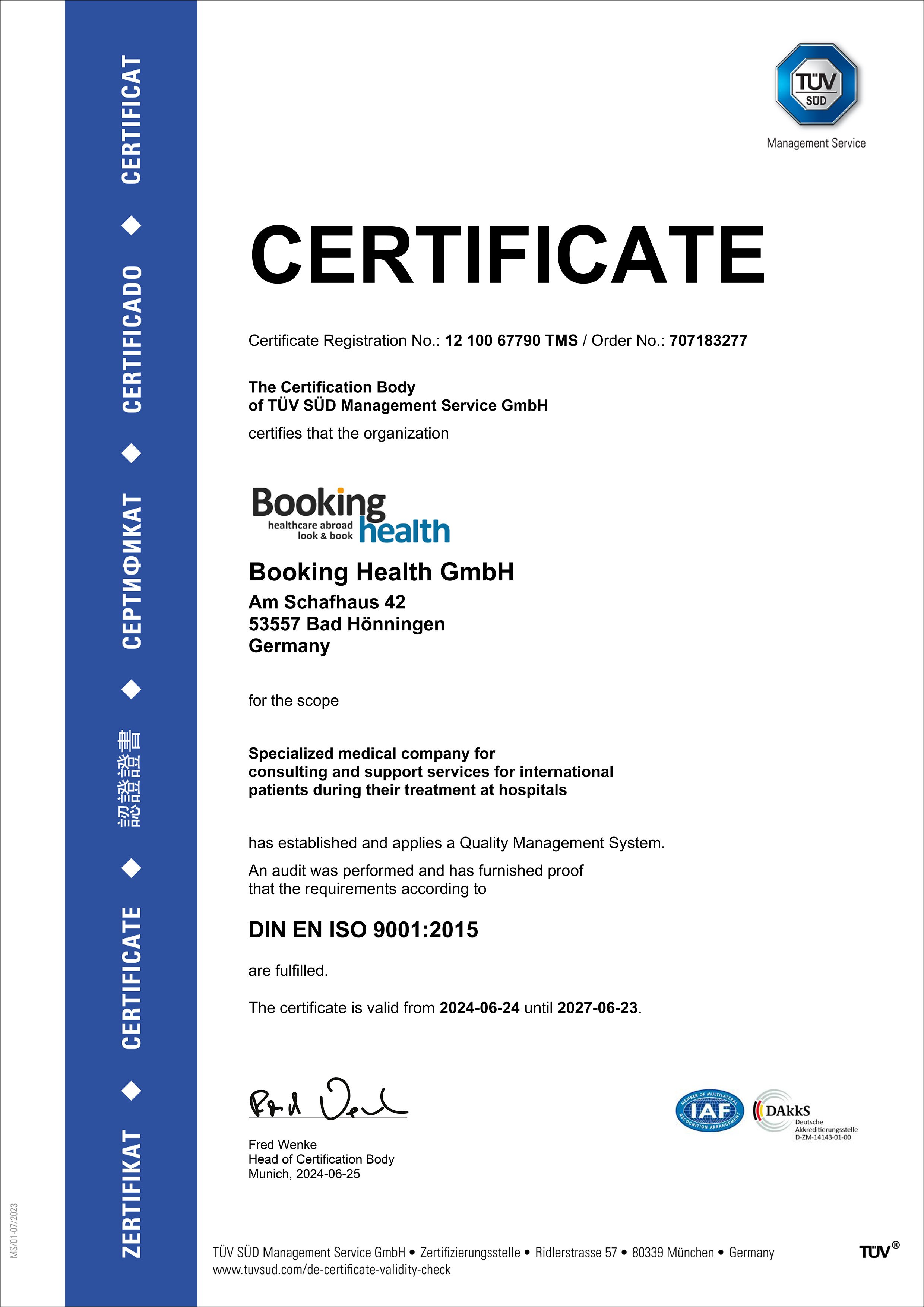About the disease
A cranial bone defect is an abnormality that develops in the skull. There are six major cranial bones in the skull: frontal, ethmoid, parietal, sphenoid, temporal and occipital. These bones can develop defects, which can be either congenital or acquired.
Congenital cranial bone defects can develop due to problems during pregnancy or while giving birth. If a pregnant woman suffers a physical trauma or leads an unhealthy lifestyle during pregnancy, it can affect the development of the fetus’ cranial bones. If the cranial bone defects are minor, the development of the child may continue as normal and the defects may only be visible with imaging tests. If the cranial bone defects are more serious, the abnormality may visibly alter the shape of the skull. The head may look disproportionately large or small, or be an unusual shape. Moreover, a cranial bone defect may also affect the brain, causing problems in mental development and the patient’s overall health. If a cranial bone defect compresses the brain after the birth, it can be a medical emergency which requires immediate medical attention, as there is a risk of internal bleeding.
In some cases, cranial bone defects are acquired as a consequence of traumas or accidents involving a blunt or penetrating instrument. With head traumas, there is a risk of internal bleeding and concussion, even if the injured person appears fine at the time of the accident. People who have suffered a head injury should be taken immediately to the hospital emergency department for a check-up to make sure that the brain structure is intact and functioning normally.
Symptoms
- Visible disproportion of cranial bones
- Problems with mental development
- Poor concentration and motor skills
- Poor or no hair growth on the area of the head where the defect is
- Headaches
- Dizziness
- Nausea
Diagnosis
- During a general examination, the doctor will examine the patient’s skull to check that it is a normal size and shape.
- The doctor may ask the patient several questions, to check their long-term and short-term memory as well as their attention span.
- A neurologist may use special devices to check the responses from nerve endings.
- Imaging tests, such as an MRI or CT scan, are very useful in examining the cranial bones and determining whether their structure has changed or if there are any signs of concussion or internal bleeding.
- Blood tests can also detect signs of inflammation.
Treatment
- Cranioplasty with autografts is a procedure that uses special grafts to correct the cranial bone defect and improve the appearance of the skull. This is an important procedure in protecting the brain from damage that the cranial bone defect would have caused if left untreated.
- Cranioplasty with application of individual implants is a complex surgery that improves the appearance of the skull using special biocomposite materials, which make the changes safer and more effective.
Authors:
This article was edited by medical experts, board-certified doctors Dr. Nadezhda Ivanisova, and Dr. Bohdan Mykhalniuk. For the treatment of the conditions referred to in the article, you must consult a doctor; the information in the article is not intended for self-medication!
Our editorial policy, which details our commitment to accuracy and transparency, is available here. Click this link to review our policies.
